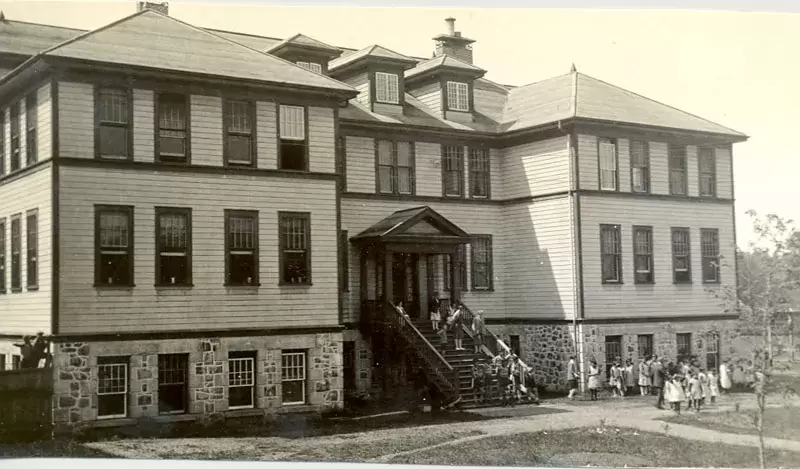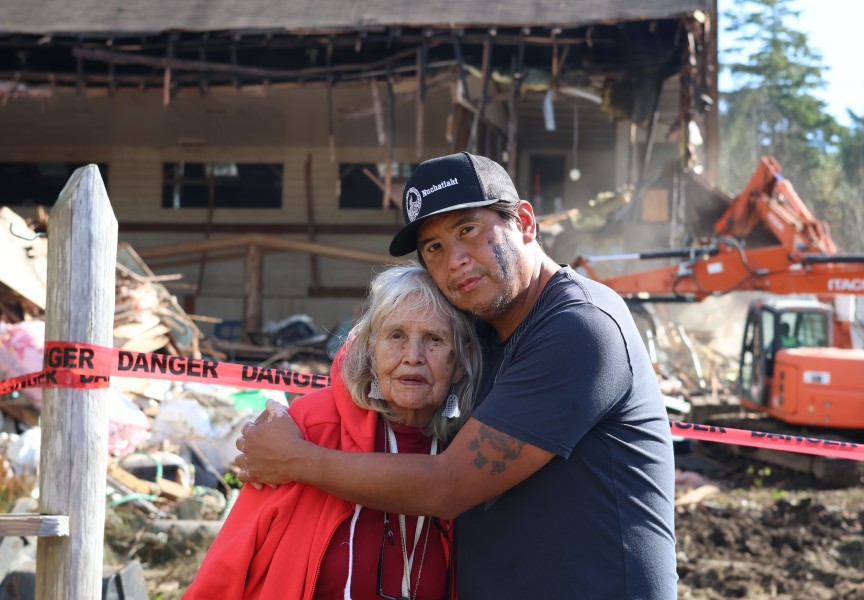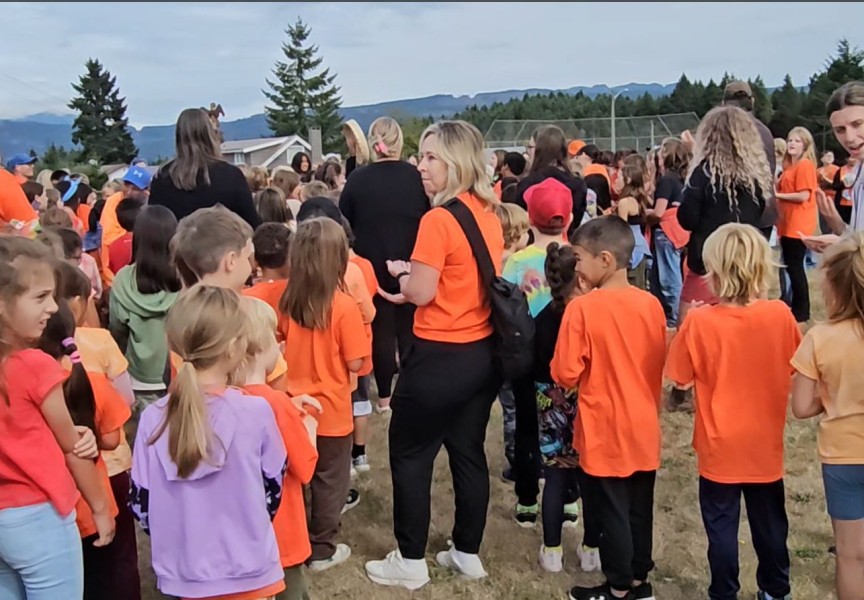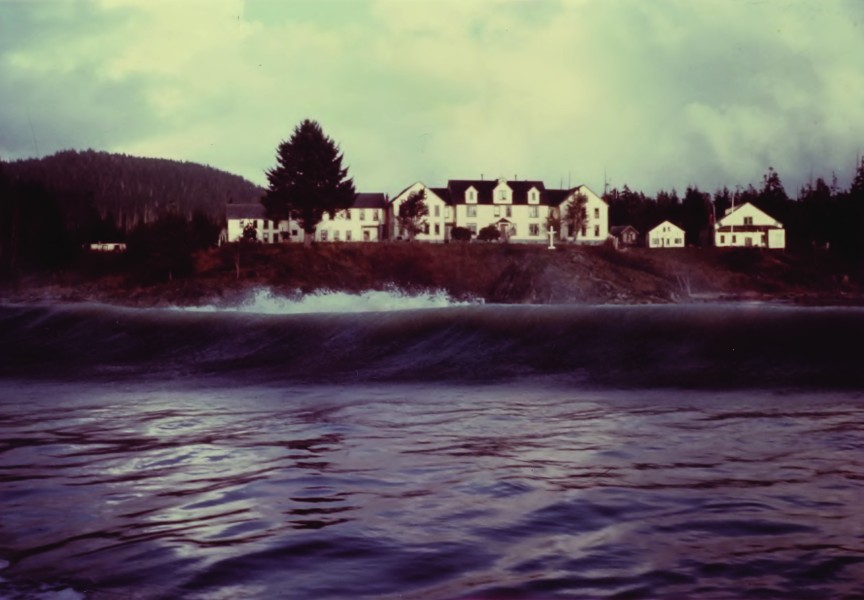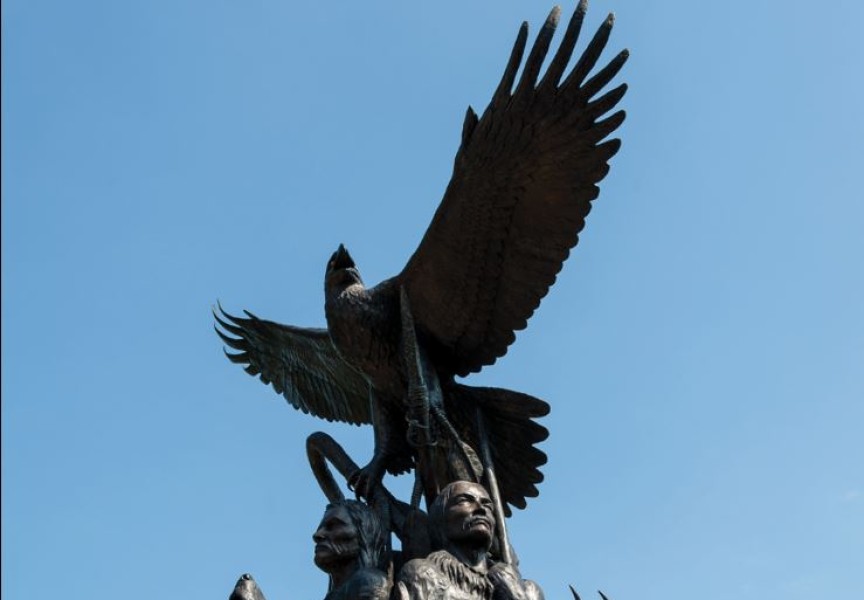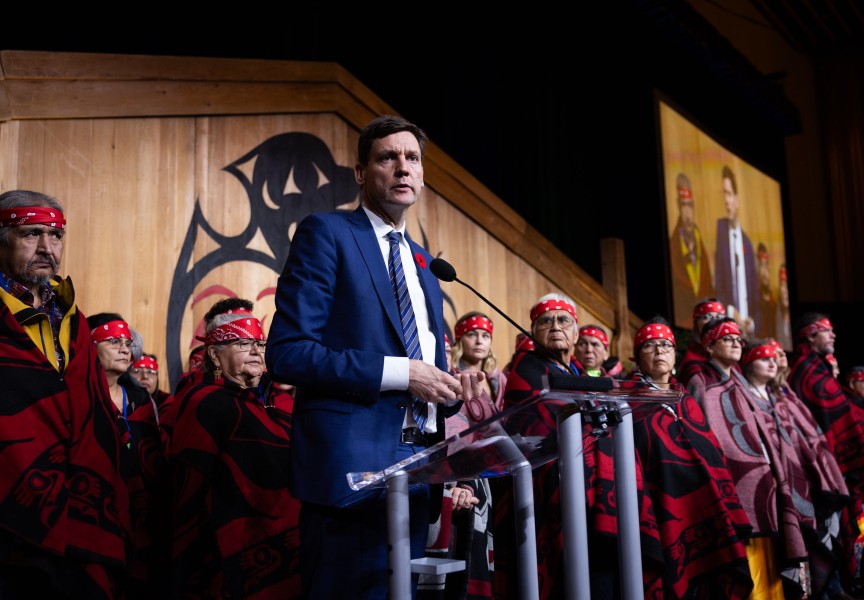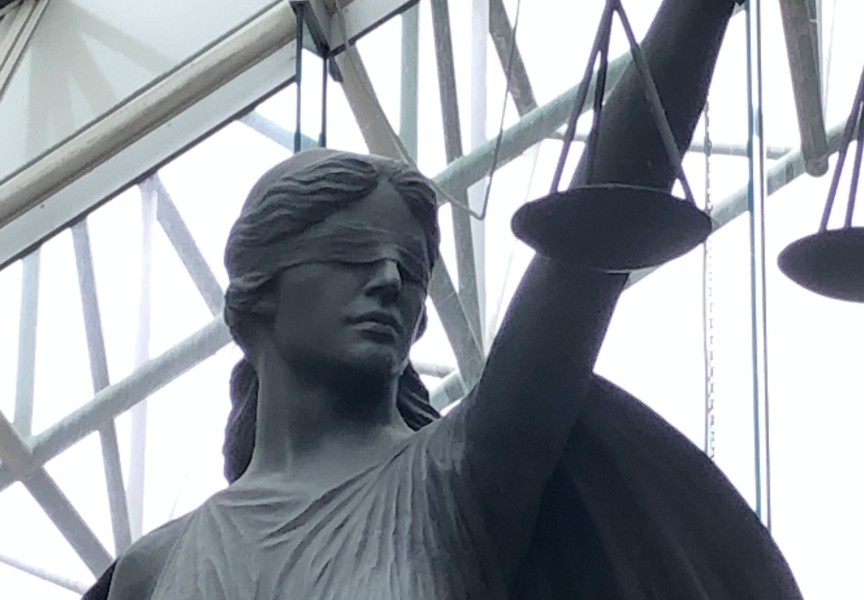Today the Tseshaht First Nation began work scanning the former site of the Alberni Indian Residential School, with the aim of locating unmarked burials that resulted from the 81 years that children attended institutions at the location.
Approximately 100 hectares of the First Nation’s territory west of the Somass River has been researched over the past several months, with general locations of where former students could have been buried identified with the help of AIRS survivors.
“Scanning will be conducted with compassion and care so as not to disrupt possible burial locations,” stated a press release issued by Tseshaht on July 11. “We recognize this work may be difficult for our people and those who carry memories connected to residential schools. Together we are working to find answers from the past and bring truth to the present.”
Scanning is expected to last two weeks, a critical part of the initiative led by the ʔuuʔatumin yaqckʷiimitqin (Doing if for our Ancestors) team that includes former students of the residential school, Tseshaht Ha’wiih, elected council and members of the First Nation.
“This team has also been working toward providing wellness-focused support to survivors who generously and courageously share their stories and experiences,” stated the Tseshaht.
The First Nation stated that the project “is grounded in values and culture,” and protocols are to be strictly followed, including restrictions that affect pregnant women and children.
No photography or video is permitted on the sites as scanning is undertaken, and a no-fly zone has been implemented by Transport Canada to prohibit aircraft and drones from coming close to the locations being examined.
The scanning is being undertaken by GeoScan, a company that has used ground-penetrating radar for over a decade. The technology sends high-frequency electromagnetic waves into the ground, and is able to map bedrock tens of feet deep, according to the company. GeoScan’s website states that it has used ground-penetrating radar to help locate evidence buried under crime scenes, and to identify hidden burials to assist archaeological instigations.
“Powered by Xradar technology, our equipment offers the accuracy of X-Ray with the safety of the conventional radar,” explained GeoScan. “Ground Penetrating RADAR (Radio Detection And Ranging) works by sending high-frequency electromagnetic waves into the ground from a transmitting antenna and measuring the strength and time of any reflected signal.”
“They have prior experience scanning other residential school sites and are committed to leading this project with cultural protocols in mind,” stated the Tseshaht First Nation.
Results will be analysed, with an announcement and summary report to be released by the First Nation as the undertaking progresses.
Those who attended AIRS and other residential schools have long known of unmarked graves at the government-mandated institutions, and these accounts were part of the Truth and Reconciliation Commission of Canada’s final report when the Calls to Action were released in 2015. The TRC identified 3,200 students who died at residential schools, although other counts have surpassed 4,100 over the century that the institutions operated. Most of these deaths occurred before tuberculosis antibiotics became commonly used in the 1950s.
But it wasn’t until May 2021 that undocumented burials gained international attention, when ground-penetrating radar indicated 215 graves at the former site of the Kamloops Indian Residential School. A wave of announcements of unmarked graves at other residential school sites followed, most recently the remains of 190 individuals that were identified at the Pine Falls Indian Residential School location in Manitoba on June 6.
Residential schooling first began on the site by the Somass River in 1892, with the Alberni Girls Home run by the Women’s Foreign Mission Society of The Presbyterian Church in Canada. At the turn of the century the Alberni Indian Residential School opened, operating until 1966. The Alberni Indian Student Residence housed children at the site until closing in 1973. In 1925 the United Church of Canada took over management of the institution, until the federal government assumed control in 1969.

